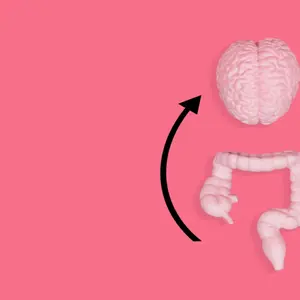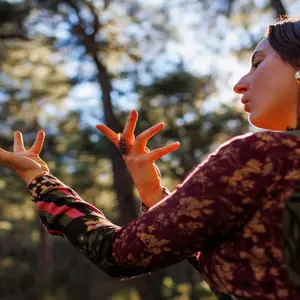

Mental and Behavioral Well-Being

Mental and Behavioral Well-Being
Breaking the Stigma of Therapy for Asian-Americans and Pacific Islanders
The Asian-American and Pacific Islander (AAPI) community is less likely to seek help for mental health issues than other races and ethnic groups, according to the Substance Abuse and Mental Health Services Administration, part of the US Department of Health and Human Services. Cultural beliefs are the reason for the stigma around mental health in this community, experts say.
Many Asian-Americans grow up in households where silence is a sign of strength, and children are taught to control or hide emotions. In this type of family environment, negative emotions that aren’t shared freely may be described as physical pain such as heartache or fatigue.
There is a strong sense of community interdependence among AAPIs and a culture of relying on friends and family rather than seeking help outside the community. The idea of paying a stranger for help may lead to fear and shame.
Because faith and religion are central to many Asian and Pacific Islander cultures, many people are taught to rely on prayer to get through difficult times. Mental health symptoms and suicidal thoughts may be judged as sinful, thus discouraging AAPIs to verbalize these feelings.
Younger people may minimize mental health struggles, believing that the older generation, many of whom were refugees or asylum seekers, experienced much more difficulty in their own lives. Feeling guilt that their problems pale in comparison to those of their elders will make it less likely young people will reach out for help.
For those who do seek therapy, negative experiences are not unusual. Ryann Tanap, the social media director at the National Alliance on Mental Illness, said when she sought help at a group therapy session, there was no one present who could relate to her experiences as the daughter of Filipino immigrants or offer advice that was meaningful to her. As the only person of color in the room, she wondered if therapy was only for white people.
Overcoming these obstacles is possible through education, policy, and speaking out against these incorrect beliefs. Training mental health professionals in cultural competency will lead to more meaningful experiences for AAPIs who seek therapy. New York and Virginia are among states that have passed legislation requiring mental health education and awareness in schools. Expanding this policy across the country and including issues specific to AAPIs and people of color is one way to begin breaking down stigma.
Ms. Tanap urges fellow AAPIs to remember mental health is not a sin or a burden: “It’s up to us individually to break down stigma within our own circles of friends and family.”
REFERENCES
Tanap, R. (2019, July 25). Why Asian-Americans and Pacific Islanders don’t go to therapy. National Alliance on Mental Illness. https://www.nami.org/Blogs/NAMI-Blog/July-2019/Why-Asian-Americans-and-Pacific-Islanders-Don-t-go-t…


 By
By







